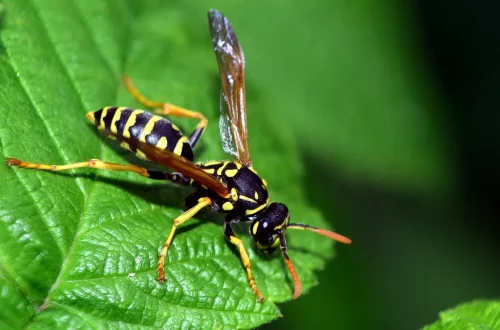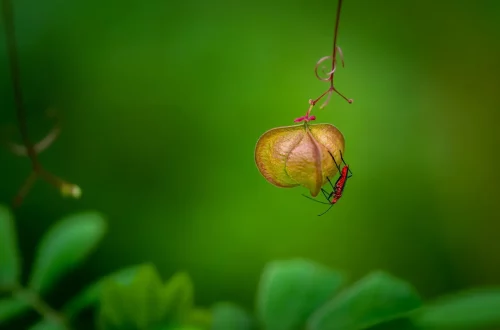
Why Your Cat Isn’t Drinking Water and How to Encourage Hydration
Cats are fascinating creatures, known for their independent nature and unique behaviors. As pet owners, we often find ourselves puzzled by some of their habits, particularly when it comes to hydration. Unlike dogs, who may readily drink from a bowl or a stream, cats can be more selective about their water intake. This can lead to concerns, especially if they seem to be drinking less than expected. Adequate hydration is vital for a cat’s health, as it plays a crucial role in their overall well-being, affecting everything from kidney function to digestion.
Understanding why your cat might not be drinking enough water can help you address the issue effectively. There are various factors at play, including their natural instincts, dietary habits, and even the type of water bowl you use. By exploring these aspects, you can create an environment that encourages your feline friend to drink more water and stay hydrated.
As we delve into the reasons behind your cat’s reluctance to drink water, it’s essential to keep in mind that every cat is unique. Some may have specific preferences or dislikes that influence their drinking habits. Observing your cat’s behavior and making adjustments accordingly can significantly improve their hydration levels, contributing to a happier and healthier life.
Understanding Feline Hydration Needs
Cats have evolved as desert-dwelling creatures, which means their bodies are adapted to conserve water efficiently. Unlike humans and some other animals, cats have a low thirst drive, primarily due to their ancestral lineage. In the wild, they obtain most of their hydration from the prey they consume, such as rodents and birds, which have high moisture content. Consequently, domestic cats may not feel the urge to drink water as frequently as dogs or humans.
The amount of water a cat needs can vary significantly based on several factors, including age, activity level, and diet. On average, a cat requires about 3.5 to 4.5 ounces of water per 5 pounds of body weight daily. However, this can increase if your cat is active or if the environment is hot and dry. It’s essential to monitor your cat’s water intake and recognize any changes in their drinking habits, as dehydration can lead to serious health issues.
Dehydration in cats can manifest in various ways, including lethargy, dry mouth, and decreased skin elasticity. If left unaddressed, it may lead to more severe complications, such as kidney disease or urinary tract issues. Therefore, understanding your cat’s hydration needs is crucial to ensuring their health and well-being.
In addition to recognizing how much water your cat needs, it’s essential to consider how they prefer to drink. Some cats may be more inclined to drink from a bowl, while others might prefer a running water source, such as a pet water fountain. Experimenting with different types of water dispensers can help you identify what your cat prefers, ultimately encouraging them to drink more.
The Role of Diet in Hydration
The type of food your cat consumes plays a significant role in their hydration levels. Cats that are fed dry kibble tend to drink more water, as dry food contains very little moisture. On the other hand, cats that consume wet food, such as canned cat food, derive a more substantial portion of their daily hydration from their meals. Wet food can contain up to 80% moisture, making it an excellent option for promoting hydration.
If you’re concerned about your cat’s water intake, consider adjusting their diet to include more wet food. Not only does this increase their moisture intake, but it can also provide additional health benefits, such as improved digestion and enhanced palatability. Cats often find wet food more appealing, which can encourage them to eat more and, consequently, drink more water.
It’s also worth noting that some cats may be finicky eaters, and their food preferences can impact their water consumption. If your cat is less enthusiastic about their current food, they may be less likely to drink water. In such cases, experimenting with different flavors or brands of wet food can help stimulate their appetite and encourage better hydration.
Additionally, consider the temperature of the food you serve. Cats often prefer their food at room temperature rather than straight from the fridge. Warming wet food slightly can enhance its aroma, making it more enticing for your kitty and potentially increasing their water intake as well.
Creating a Cat-Friendly Drinking Environment
The environment in which your cat drinks can significantly influence their hydration habits. Cats can be quite particular about their drinking spots, and creating a comfortable and appealing area can encourage them to drink more water. Here are some factors to consider when setting up a cat-friendly drinking environment.
First and foremost, the type of water bowl you use can make a difference. Cats often prefer shallow bowls that allow them to see their surroundings while drinking. Deep bowls may cause whisker fatigue, which can deter them from drinking. Choosing a bowl made of ceramic or stainless steel can also be beneficial, as these materials are less likely to retain odors and are easier to clean compared to plastic.
Positioning the water bowl is another crucial aspect to consider. Cats are instinctively cautious creatures, and placing the water bowl in a quiet, low-traffic area can make them feel more secure while drinking. Avoid placing the water bowl next to their litter box, as cats prefer to keep their eating and drinking areas separate from their elimination spots.
Incorporating a pet water fountain can also be an excellent way to encourage hydration. Many cats are attracted to running water, and a fountain provides a continuous flow that can entice them to drink more frequently. Plus, the sound of flowing water can be soothing and engaging for your cat.
Lastly, consider the frequency of water changes. Cats are sensitive to stale water, and providing fresh water daily can encourage them to drink more. Make it a habit to clean the water bowl regularly to prevent any buildup of bacteria, and refill it with fresh, clean water daily.
Identifying Underlying Health Issues
If your cat consistently refuses to drink water or shows signs of dehydration despite your efforts to encourage hydration, it may be essential to consult a veterinarian. Several underlying health issues can impact a cat’s desire to drink, ranging from dental problems to more serious conditions such as kidney disease or diabetes.
Dental issues, such as periodontal disease or tooth decay, can cause pain and discomfort while drinking or eating. If your cat exhibits signs of oral pain, such as avoiding food or water, excessive drooling, or pawing at their mouth, a veterinary examination is crucial.
Kidney disease is another common health concern in older cats. As their kidney function declines, cats may become less thirsty or even stop drinking altogether. Other symptoms of kidney disease can include weight loss, increased urination, and lethargy. If you notice any of these signs in your cat, seek veterinary advice promptly.
Diabetes can also lead to changes in drinking habits. Cats with diabetes may drink more water than usual due to increased thirst, while others may drink less if they are feeling unwell. Monitoring your cat’s weight, appetite, and overall behavior can provide valuable information when discussing their health with a veterinarian.
In conclusion, ensuring your cat remains hydrated is vital for their overall health and well-being. By understanding their hydration needs, adjusting their diet, creating a friendly drinking environment, and identifying potential health issues, you can support your feline friend in maintaining optimal hydration levels. Remember, if you have concerns about your cat’s health, it’s always best to consult with a veterinarian.
**Disclaimer:** This article is for informational purposes only and should not be considered medical advice. Always consult a veterinarian for health-related concerns regarding your pet.




